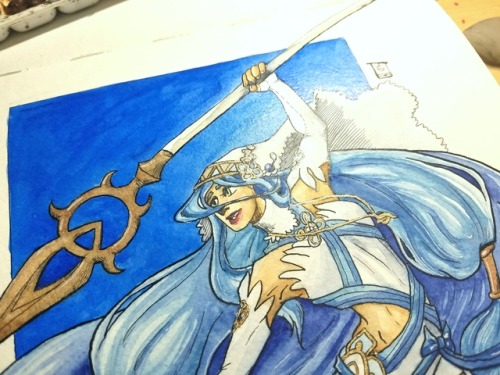

As those countries gained independence due to American aid, they had more dollars to spend in the United States than pounds in the United Kingdom. The post war years had seen a decline particularly in the export trade to the traditional markets of the British Empire. Some time after that, Esterbrook ceased production of dip pen nibs permanently. The company re-formed again as "The Esterbrook Pen Company". In 1947 Esterbrook bought out John Mitchell (which had been established in 1822 as the world's first manufacturer to cut nibs by machine) and then acquired Hazell Pen Co. In 1940 war had come to strike a blow at the Esterbrook company. To meet the fountain pen demand the company reformed as "The Esterbrook Hazel Pens Ltd". The Esterbrook Company began using the metal Iridium, which they called "Durachrome", in their nibs. By 1930 the company sought less expensive means of manufacturing pens, as gold and jewel tips were growing too expensive and in this same year they began selling fountain pens in England. By 1920, the fountain pen was fast becoming more popular amongst people who were tired of dipping pens into ink, and the company manufactured its first fountain pen. Just one year after his death, in 1896 the company started an Esterbrook branch in England to join the ranks of the other main pen manufactures in Birmingham. Richard Esterbrook did not see the "empire" his company was to become as he died in Atlanta on October 12, 1895. Esterbrook's steel pens were versatile, long lasting, and came in many different styles to fit the varied writing styles of the public. plant stood at Cooper Street and Delaware Avenue in Camden, New Jersey, c. Machines gradually replaced hand work and greatly increased output. The buildings were added to from time to time, and in 1912 a five-story concrete building was erected that nearly doubled the size of the plant. Only 15 people made up the first payroll, but the growth of the company was steady. and no broadly available machinery to produce the pens, so Esterbrook designed all processes in-house. There were no experienced pen-manufacturing workers in the U.S. At its height, the Esterbrook plant had 450 workers and produced 600,000 pens a day. Howard Hunt Pen Company at 7th and State streets produced pens, pencil sharpeners and allied products and employed 125 workers.

Besides Esterbrook, the first in the country, the C. At the time, two of the four pen companies located in the United States were situated in Camden. Co.", with just 15 employees in Camden, New Jersey. In 1858 he was able to establish himself as the sole pen manufacturer in the USA and changed the company name to "The Esterbrook Steel Pen Mfg. In 1856 he traveled to the US to set up shop as "The Steel Pen Manufacturing Company". Richard Esterbrook (1812-1895 ) was a Cornish Quaker from England who saw an opportunity in the United States to manufacture steel pens.


 0 kommentar(er)
0 kommentar(er)
